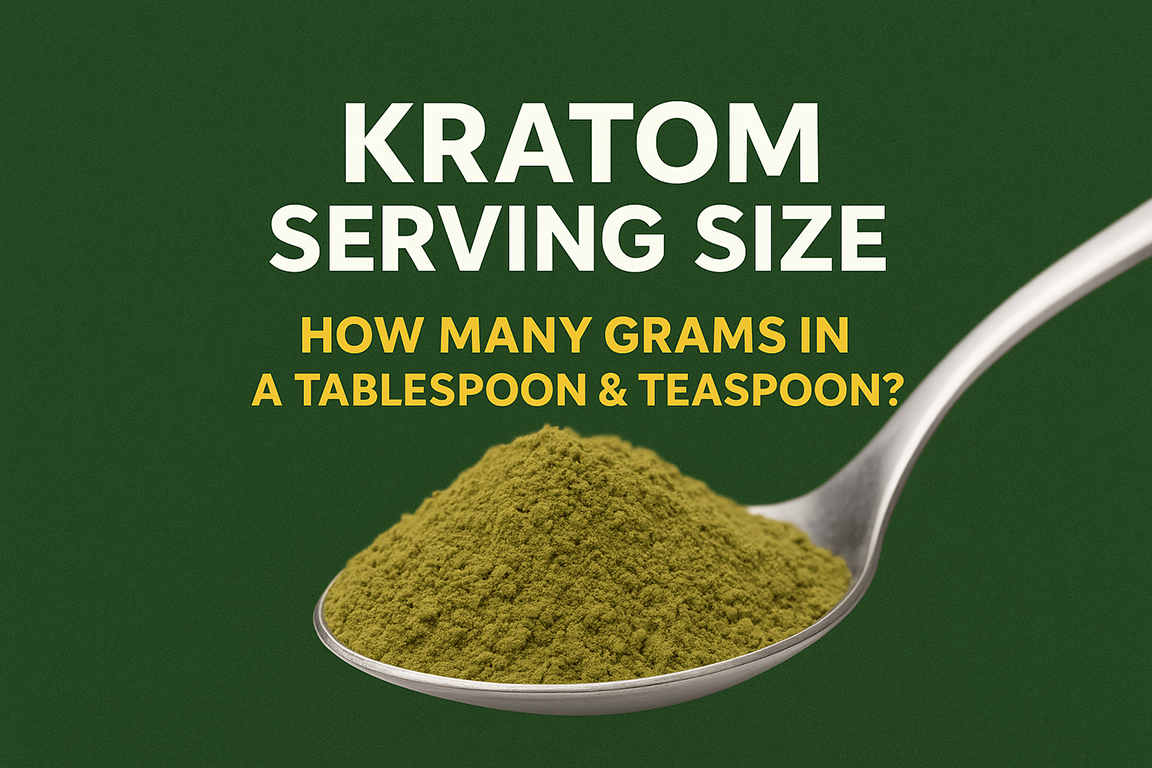News >> An overview of Speciociliatine, a key alkaloid in Kratom.
Most Viewed

An overview of Speciociliatine, a key alkaloid in Kratom.
Created by: Herman at Jan 31, 2024 580Have you heard about speciociliatine? Although it is not as well-known as Kratom, this lesser-known alkaloid is quite important in the Kratom industry. If you want to know what speciociliatine is, what it does, and how it fits into the Kratom jigsaw, you've come to the correct spot. We'll look at speciociliatine's hidden potential, decipher its qualities, and shed light on its relevance in the Kratom world.
What Is Speciociliatine?
Before we get into the nitty gritty of speciociliatine, let's start with the basics. Speciociliatine is a naturally occurring alkaloid found in the leaves of the Mitragyna speciosa tree, also known as Kratom. Kratom is famous for its wide variety of alkaloids, each having its own distinct qualities and possible effects.
While speciociliatine may not receive the same attention as its cousins, such as mitragynine or 7-hydroxymitragynine, it is an important component of the Kratom puzzle.
Kratom leaves are a veritable treasure trove of alkaloids, with over 40 identified thus far. This family of alkaloids includes speciociliatine, which is a close relative to mitragynine, one of Kratom's most plentiful and well-known alkaloids.
Speciociliatine plays an important role in the intricate chemistry of this herbal medicine. Its role in smoothing and balancing the effects of Kratom offers depth and variation to the overall experience.
The role of speciociliatine
Modulating effects
One of the primary purposes of speciociliatine is to control and fine-tune the effects of Kratom. It works in conjunction with mitragynine, Kratom's most prevalent alkaloid. While mitragynine predominantly has pain-relieving and stimulating properties, speciociliatine helps to modulate these effects.
Synergy with mitragynine
Speciociliatine has three times better binding affinity to μ-opioid receptors than mitragynine. Mitragynine works as a partial agonist at μ-opioid receptors, providing analgesic benefits. Speciociliatine has a larger systemic exposure and a poorer clearance rate than mitragynine.
Some in vitro studies have indicated that when combined, mitragynine and speciociliatine show promising synergy as opioid substitution medication options. Furthermore, both compounds have chemosensitizing properties for cisplatin, implying a potential role in combination therapy. The full effects of these alkaloids have yet to be determined, as research is underway.




